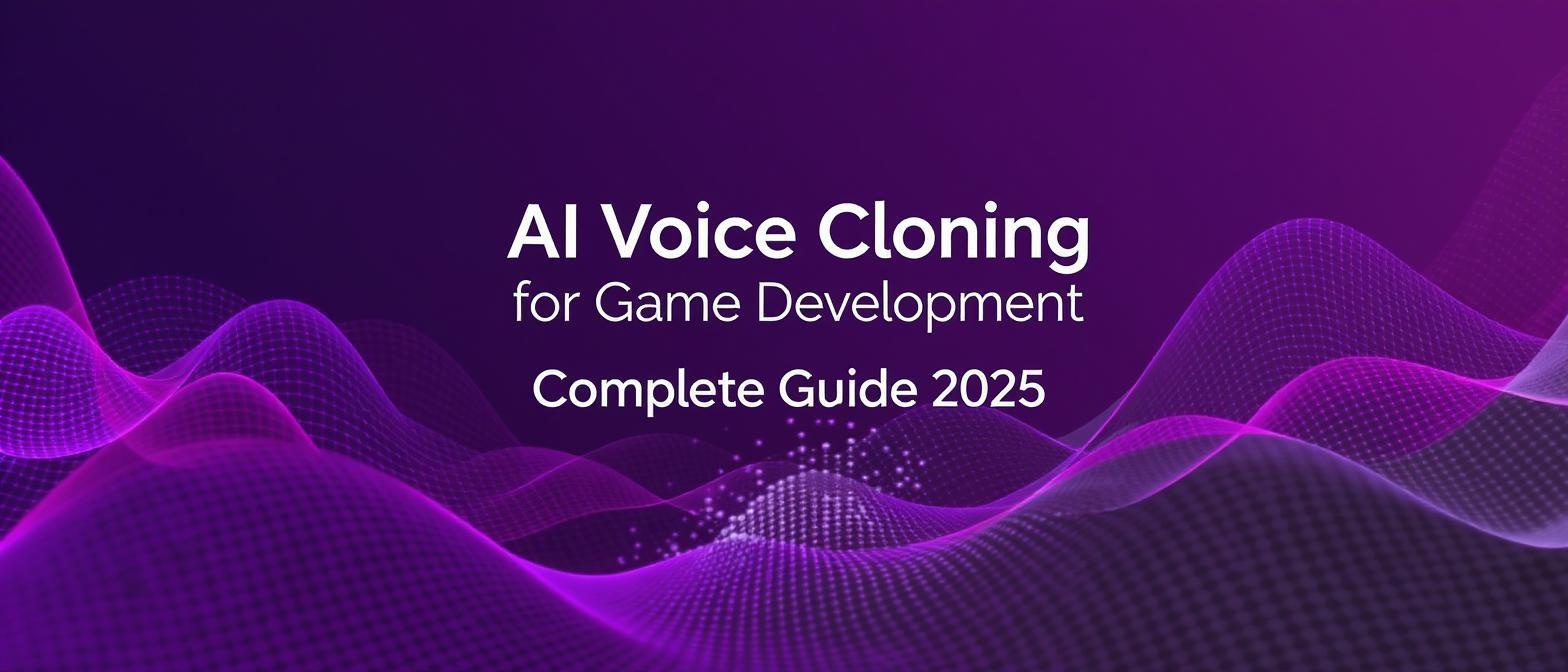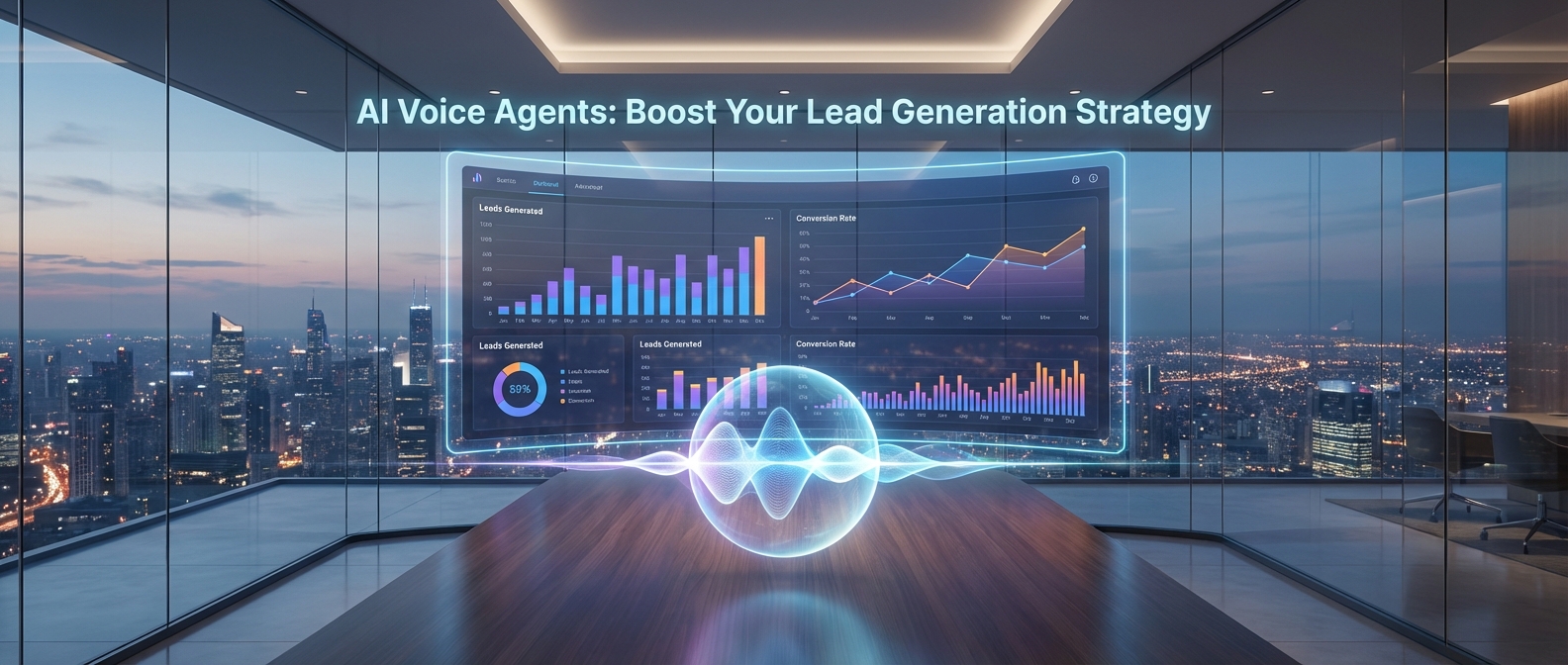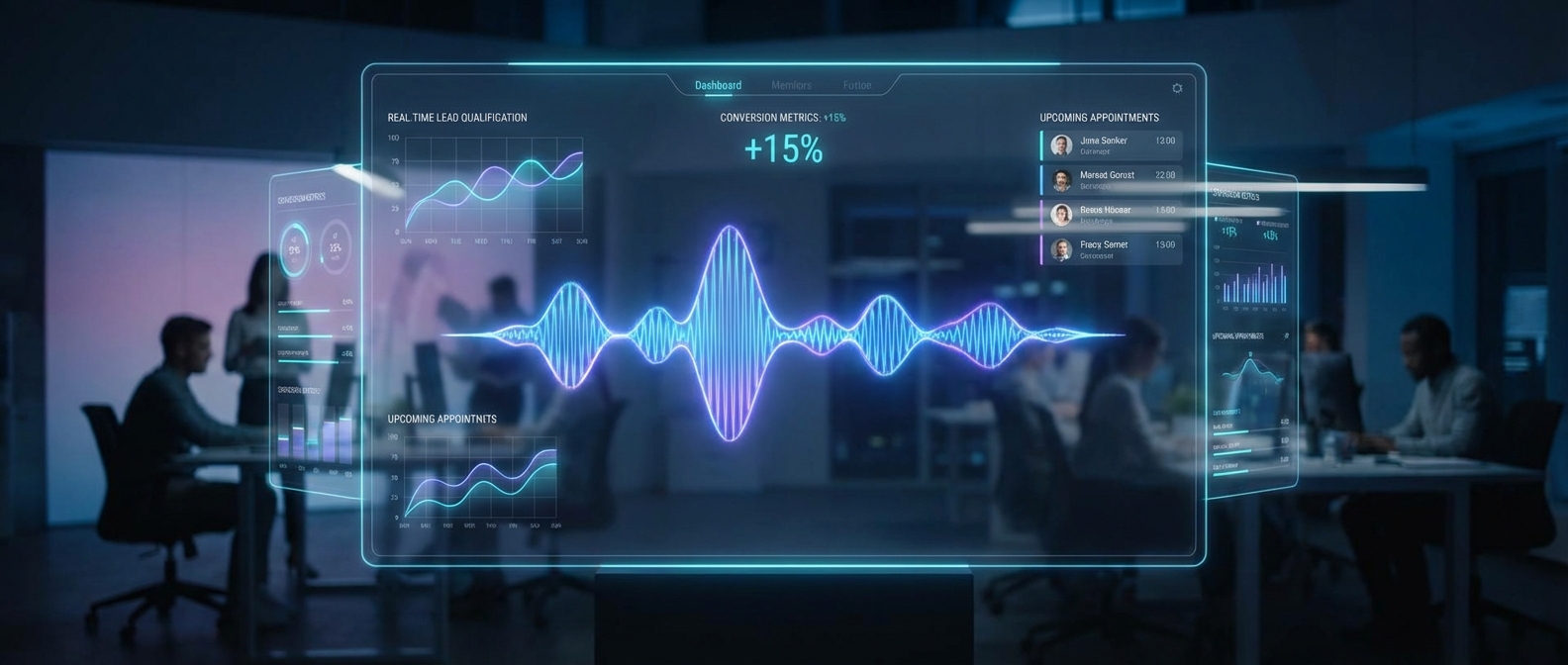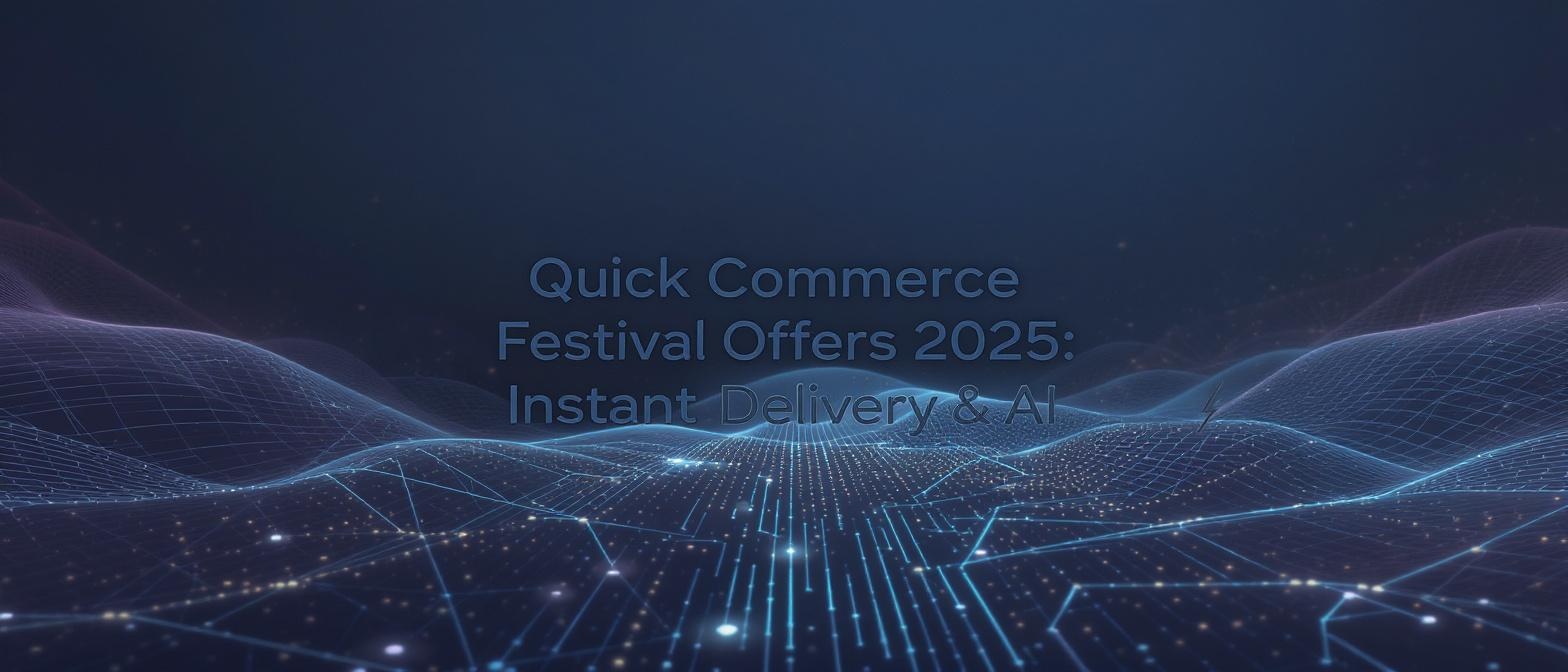AI Voice Cloning: A Developer's Guide to Next-Gen Game Voices
Estimated reading time: ~13 minutes
Key Takeaways
- AI voice cloning can dramatically reduce costs and production time for large-scale game projects.
- Emotional nuance is crucial; a human-in-the-loop approach ensures authenticity.
- Careful ethical considerations and fair compensation for voice actors build trust and collaboration.
- Integrating AI voices with game engines allows for dynamic, reactive dialogue and procedural storytelling.
- An ROI approach factors in direct cost savings, market expansion, and streamlined production workflows.
The world of game development is buzzing with the transformative power of artificial intelligence. A recent 2024 Game Developers Conference (GDC) survey revealed that nearly half of all developers are already incorporating generative AI into their workflows. This isn't just a trend; it's a fundamental shift in how immersive worlds are built. For years, creating lifelike, scalable, and cost-effective character voices has been a major bottleneck. Developers face a constant struggle between budget limitations, the time-consuming nature of traditional voice recording, and the massive scale required for modern open-world and live-service games. The result? Often, a compromise on quality or scope, leading to repetitive NPC dialogue and limited localization that can break player immersion.
While many articles scratch the surface of AI voice generation, they often fail to provide a practical roadmap for implementation, ignore the nuanced technical challenges, and overlook the critical question of return on investment (ROI). This guide goes deeper. We will move beyond the simple “what” and “why” to deliver the “how”—a comprehensive framework for integrating AI voice cloning into your development pipeline. We will explore advanced implementation strategies, tackle the overlooked considerations of emotional nuance and legal ethics, and provide a clear model for measuring the true financial impact on your projects. Prepare to transform your approach to video game voiceovers, moving from a production bottleneck to a source of dynamic, scalable, and emotionally resonant storytelling.
Section 1: Re-evaluating the Voiceover Production Challenge
For decades, game developers have been locked in a production trilemma, forced to balance the competing demands of cost, quality, and scale in voiceover production. The traditional approach—hiring voice actors, booking studio time, and managing extensive recording sessions—is incredibly resource-intensive. With the video game dubbing service market valued at an estimated $1.2 billion in 2024, the costs are substantial and rising. This financial pressure often forces studios to limit the number of voiced characters, reduce the lines of dialogue for non-essential NPCs, and restrict localization to only the largest markets, leaving significant revenue on the table.
This challenge is compounded by the evolving nature of modern games. Players now expect vast, dynamic worlds with non-repetitive dialogue that reacts to their choices. A 2024 report from Unity highlighted this industry shift, noting that 62% of game developers are now using AI tools to meet these new demands for scale and dynamism. The old model simply cannot keep up. Re-recording lines for bug fixes, content updates, or DLCs means bringing actors back into the studio, leading to scheduling conflicts, budget overruns, and continuity issues. The challenge is no longer just about recording dialogue; it’s about creating a sustainable, flexible, and scalable audio pipeline that can evolve with a game throughout its lifecycle. AI voice cloning presents a direct solution to this trilemma, offering a path to high-quality, scalable voice production that was previously unattainable for most studios.
Section 2: Beyond Basic Text-to-Speech: The Power of Cloning and Generative AI
It’s crucial to understand that not all AI voice technologies are created equal. The discussion in game development has evolved far beyond basic, robotic text-to-speech (TTS) systems of the past (AI Video Generator: Beyond Text-to-Speech in 2025). While standard TTS can be useful for placeholder dialogue, it lacks the emotional depth, unique personality, and vocal identity required for compelling character performances. The true revolution lies in two advanced areas: high-fidelity Voice Cloning and Generative AI Performance.
Voice Cloning is the process of creating a digital replica of a specific human voice. By training a deep learning model on a set of audio recordings from a voice actor, the AI learns their unique pitch, timbre, cadence, and speech patterns. Once cloned, this voice can be used to generate new dialogue from a text script, perfectly matching the original actor’s voice. This is invaluable for patching dialogue post-launch, generating vast quantities of NPC lines, or creating localized versions in the same vocal style without needing the original actor for every session.
Generative AI Performance takes this a step further. Modern systems can now interpret text with emotional context, allowing developers to direct the AI’s performance with cues like “angry,” “sarcastic,” or “whispering.” This bridges the gap between raw text and believable human performance. Platforms like Studio by TrueFan AI enable this level of creation through intuitive, browser-based interfaces. They provide access to pre-licensed AI avatars and voices, allowing developers to go from a script to a fully voice-acted and lip-synced character in minutes. This rapid iteration capability means teams can prototype cinematic scenes, test dialogue in-engine, and generate high-quality localized content faster than ever before. This technology fundamentally changes the creative workflow, empowering narrative designers and writers to experiment and refine performances without the logistical overhead of a recording studio.
Section 3: An Advanced Framework for Implementing AI Voice Cloning
Integrating AI voice technology into a game development pipeline requires a more structured approach than simply feeding a script into a generator. A successful implementation ensures quality, consistency, and seamless integration with existing tools. Here is an advanced framework that moves from initial concept to in-game asset.
Step 1: Foundational Voice & Data Acquisition
This is the most critical stage. For cloning a unique voice, you need high-quality, clean audio data.
- Actor Consent & Contracting: Work with voice actors to establish clear contracts that cover the use of their voice for AI cloning. Define compensation models, whether it’s a higher upfront fee, a per-use royalty, or a hybrid model. Transparency is key to ethical implementation.
- Data Recording: The actor should record a “voice bible”—a diverse set of scripts covering various emotional states, phonemes, and prosody. This shouldn’t be game dialogue but a specifically designed dataset. Aim for at least 30-60 minutes of clean, studio-quality audio with no background noise or effects.
- Leveraging Pre-Licensed Voices: For NPCs or rapid prototyping, use pre-existing voice libraries. For example, Studio by TrueFan AI’s 175+ language support (AI Video Generator: Beyond Text-to-Speech in 2025) provide an immediate, rights-cleared solution, bypassing the data acquisition stage entirely and offering immense value for localization.
Step 2: Model Training and Fine-Tuning
Once you have the data, the AI model is trained.
- Initial Training: The voice data is fed into a cloning engine. This process can take several hours to days, depending on the complexity of the model and the size of the dataset.
- Performance Tuning: The initial clone is tested against a variety of scripts. This is where you fine-tune the performance. Use SSML (Speech Synthesis Markup Language) tags to control pitch, rate, and emphasis. Work with narrative designers to create a style guide for the AI’s performance to ensure it aligns with the character’s personality.
Step 3: Integration and In-Engine Implementation
The trained voice model must be integrated into the game engine.
- API Integration: Most AI voice platforms provide APIs that can be called directly from the game engine (like Unreal or Unity) (AI Video API Integration: Developer’s Complete Guide). This allows for dynamic generation of dialogue in response to player actions.
- Batch Generation: For less dynamic dialogue, generate all the required audio files in a batch and import them as standard audio assets. This is more efficient for main story quests and cinematic scenes.
- Lip-Sync and Animation: The generated audio must be paired with facial animation. Platforms that generate video with lip-sync can serve as a direct reference for animators, significantly speeding up the animation pipeline.
Step 4: Quality Assurance and Iteration
- Linguistic QA: Test the generated voice across a wide range of dialogue to catch any mispronunciations, awkward inflections, or tonal inconsistencies.
- Performance QA: Playtesters and narrative designers should review the voice in the context of the game to ensure the emotional delivery is appropriate for each scene. Use this feedback to further fine-tune the model.
Section 4: Overlooked Considerations: Emotion, Ethics, and Dynamic Audio
While the benefits of AI voice cloning are clear, a superficial approach can lead to flat performances and ethical missteps. The competitor’s content touches on ethics but misses the deeper technical and procedural challenges that developers must solve to achieve true immersion.
The Challenge of Emotional Nuance:
The biggest technical hurdle for AI voice is conveying subtle, complex human emotions. Sarcasm, subtext, and vulnerability are difficult to generate from text alone. The solution isn’t just better AI, but a better human-AI workflow. Developers are creating “emotional palettes” for characters, generating dozens of variations of a single line with different emotional weights (e.g., “Get out!” as angry, fearful, or desperate). Narrative designers can then select the perfect take, much like a film director chooses from multiple actor performances. This hybrid approach combines the scalability of AI with the creative oversight of a human director, ensuring emotional resonance is not lost.
Ethical Implementation and Actor Collaboration:
The conversation around AI voice must shift from “replacement” to “collaboration.” The fear among voice actors is not just about job loss, but about the unauthorized use of their voice and identity. Forward-thinking studios are proactively addressing this by:
- Creating “Digital Double” Contracts: These legal agreements explicitly outline how a voice clone can be used, for which projects, and for how long.
- Establishing Royalty Systems: Instead of a one-time fee, actors receive royalties based on how extensively their voice clone is used, creating a new, long-term revenue stream.
- Prioritizing Consent: Using a voice without explicit, informed consent is a legal and ethical minefield. Platforms that use fully licensed avatars and voices from the start mitigate this risk entirely.
The Next Frontier: Procedural Audio and Dynamic Dialogue:
The true game-changer, completely missed by competitors, is the integration of AI voice with procedural generation systems. Imagine NPCs who don’t just spout pre-written lines but generate new, context-aware dialogue in real-time. An NPC could comment on the player’s unique armor, the current weather in the game world, or a recently completed quest. This creates a truly dynamic and endlessly replayable world. This requires integrating the AI voice API directly into the game’s logic engine, a complex but incredibly powerful technique that will define the next generation of open-world games.
Section 5: Calculating the ROI of AI Voice Generation
Adopting any new technology requires a clear understanding of its financial impact. While the competitor praises cost-efficiency, it offers no framework to actually measure it. The Return on Investment (ROI) of AI voice cloning can be broken down into direct cost savings, new revenue opportunities, and enhanced production efficiency.
1. Direct Cost Savings:
This is the most straightforward calculation. Compare the traditional costs against the AI-driven workflow.
- Traditional Costs: (Voice Actor Fees + Studio Rental + Audio Engineer/Director Fees + Retake Costs) x Number of Languages
- AI Voice Costs: (AI Platform Subscription Fee + (Optional) Initial Actor Buyout Fee for Cloning)
- Example Calculation: A project requiring 10,000 lines of dialogue for a secondary character might cost $10,000-$20,000 with traditional methods. For localization into 5 languages, this could balloon to $50,000+. Using an AI platform, the cost could be a few hundred dollars in subscription fees for the duration of the work, representing a potential cost reduction of over 90% for certain use cases.
2. New Revenue & Market Expansion:
AI voice unlocks revenue streams that were previously cost-prohibitive.
- Localization Reach: The high cost of dubbing often limits localization to a few major languages. With AI, you can affordably translate and voice your game for dozens of markets (AI Video API Integration: Developer’s Complete Guide). Calculating ROI here involves: (Estimated Sales Increase in New Market) - (Cost of AI Localization).
- Speed to Market for DLCs/Updates: Live-service games thrive on fresh content. AI allows for rapid voice generation for new quests and events, keeping players engaged and subscribed. The ROI is measured in player retention and recurring revenue.
3. Production Efficiency & Risk Reduction:
Time is money in game development. Solutions like Studio by TrueFan AI demonstrate ROI through radical acceleration of the content pipeline.
- Reduced Production Delays: No more waiting for an actor’s schedule to open up to fix a single line of dialogue. A bug can be patched and voiced in hours, not weeks. This reduces the risk of costly project delays.
- Rapid Prototyping: Writers and narrative designers can hear their scripts performed in-engine almost instantly. This allows for faster creative iteration and results in a higher-quality final product, avoiding expensive re-writes and re-recordings late in the development cycle.
By quantifying these three areas, developers can build a powerful business case for investing in an AI voice pipeline, transforming it from a speculative technology into a proven driver of profitability and creative freedom.
Section 6: The Future Roadmap: Real-Time Emotion and Procedural Storytelling
The trajectory of AI voice in gaming is pointing towards a future of unprecedented immersion and dynamic narrative. The technologies we see today are just the foundation. Looking ahead, two key trends will redefine how players experience stories: real-time emotional adaptation and fully procedural dialogue systems.
Real-Time Emotional Adaptation:
Future AI voice models will not just generate high-quality audio; they will adapt their emotional delivery in real-time based on in-game events and player actions. Imagine an NPC companion whose voice shifts from calm to anxious as you enter a dangerous dungeon, or a villain whose taunts become more enraged as the player gains the upper hand in a fight. This will be achieved by linking the AI voice engine directly to the game’s state machine, allowing player behavior and environmental triggers to modulate the vocal performance on the fly. This moves beyond simple dialogue trees to create a truly responsive and emotionally intelligent soundscape.
Fully Procedural Narrative Experiences:
The ultimate goal is to combine procedural content generation (PCG) with generative AI voice to create truly unique, player-driven stories. In this future, quests are not pre-scripted but are generated based on a set of rules and the player’s history. The dialogue for these quests will be generated and performed by AI in real-time. A player might interact with an NPC who remembers their specific deeds from hours earlier and discusses them in a natural, fully voiced conversation. Preparing for this future means developers should start designing their narrative systems with modularity and dynamic triggers in mind, building the scaffolding for the AI storytellers of tomorrow. The studios that master this synthesis of procedural systems and generative AI will create the most compelling and endlessly replayable games of the next decade.
Frequently Asked Questions
What kind of audio data is needed to clone a voice effectively?
To achieve a high-fidelity voice clone, you need at least 30 to 60 minutes of clean, high-quality audio from a single speaker. This recording should be done in a studio environment to eliminate background noise, reverb, and other audio artifacts. The script should cover a wide range of phonetic sounds and emotional expressions to provide the AI with a comprehensive dataset of the speaker’s vocal patterns. The cleaner and more varied the input data, the more natural and flexible the resulting AI voice will be.
How can AI voices handle complex emotions like sarcasm or humor?
Currently, this is best handled through a human-in-the-loop approach. Instead of relying on the AI to interpret sarcasm from text alone, developers generate multiple takes of a line using different performance cues (e.g., adjusting pitch, speed, and emphasis). A narrative director then selects the best performance that fits the scene’s context. This combines the scalability of AI generation with the nuanced creative judgment of a human expert, ensuring the final performance is emotionally authentic.
What are the legal requirements for cloning a voice actor’s voice?
The absolute most important requirement is explicit, informed consent. You must have a clear legal agreement or contract with the voice actor that details exactly how their voice clone will be used, in which projects, and for how long. The contract should also specify the compensation model, whether it’s a one-time buyout, a royalty system based on usage, or a hybrid. Using a voice without this explicit permission constitutes a violation of their rights and can lead to significant legal action.
How can a platform like Studio by TrueFan AI be used in a game development workflow?
Studio by TrueFan AI is exceptionally useful for rapid prototyping and localization. A narrative designer can take a script for a cinematic or quest, generate fully voiced and lip-synced video versions with different AI avatars in minutes, and share them with the team for feedback. This allows for quick iteration on dialogue and character concepts. For localization, its ability to generate video in 175+ languages (AI Video Generator: Beyond Text-to-Speech in 2025) makes it a powerful tool for creating marketing materials and in-game content for global markets at a fraction of the traditional cost.
Can AI-generated voices be integrated into game engines like Unreal and Unity?
Yes. Most professional AI voice platforms offer robust APIs (Application Programming Interfaces) that can be integrated directly with major game engines (AI Video API Integration: Developer’s Complete Guide). This allows for two primary workflows. You can “batch generate” thousands of audio files and import them as standard assets, or you can use the API to call the voice generation service in real-time from within the game, enabling dynamic dialogue that responds to player actions and game states.
Will AI voice cloning replace human voice actors?
The industry consensus is shifting towards a collaborative model rather than replacement. AI is a powerful tool that can augment the work of human actors, not make them obsolete. It can be used for generating placeholder audio, voicing background NPCs, or creating localized versions, freeing up human actors to focus on delivering powerful, emotional performances for principal characters. The future is one where AI handles scale, and humans provide the irreplaceable creative soul.
Conclusion
The integration of AI voice cloning into video game development is no longer a futuristic concept; it’s a present-day reality that is reshaping production pipelines. As we’ve explored, the technology has matured far beyond simple text-to-speech, offering sophisticated tools for creating emotionally resonant and scalable character performances. By moving past the surface-level discussions of competitors, we’ve provided a concrete implementation framework, a clear model for calculating ROI, and a look into the overlooked nuances of emotional delivery and ethical collaboration. The true power of this technology is not in replacing human creativity but in augmenting it, allowing studios of all sizes to overcome the traditional trilemma of cost, quality, and scale.
The path forward requires a strategic shift. Developers must embrace a collaborative model with voice actors built on consent and fair compensation. They must adopt structured implementation workflows that prioritize quality assurance and creative oversight. For your next project, begin by identifying a low-risk area for implementation, such as voicing secondary NPCs or using AI for rapid dialogue prototyping. Explore platforms that provide robust, ethically sourced tools to accelerate this process. By doing so, you will not only streamline your production but also unlock a new frontier of dynamic, immersive, and globally accessible storytelling. The future of game audio is not just about creating voices; it’s about creating worlds that listen, react, and speak to every player in a personal and unforgettable way.




